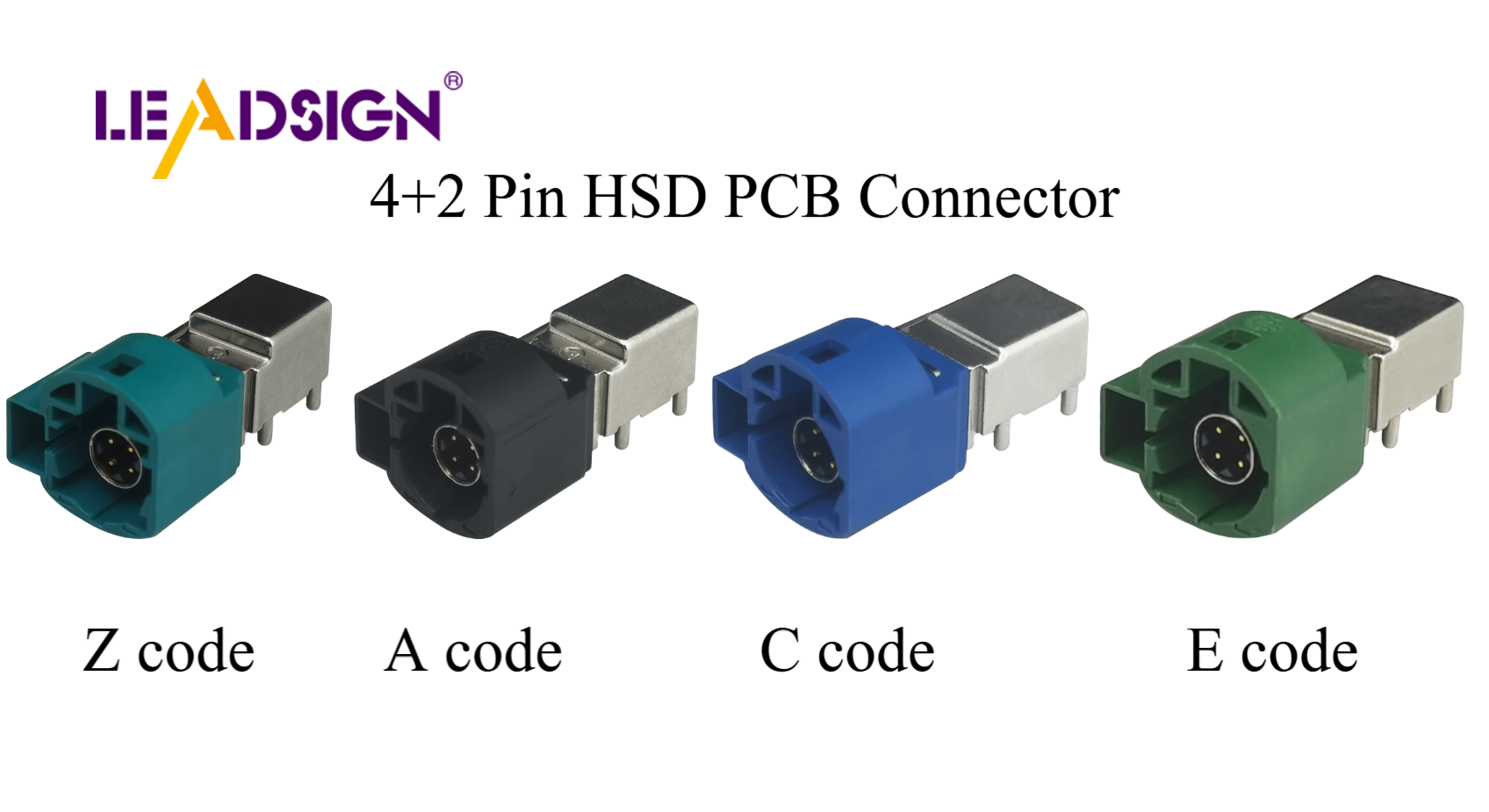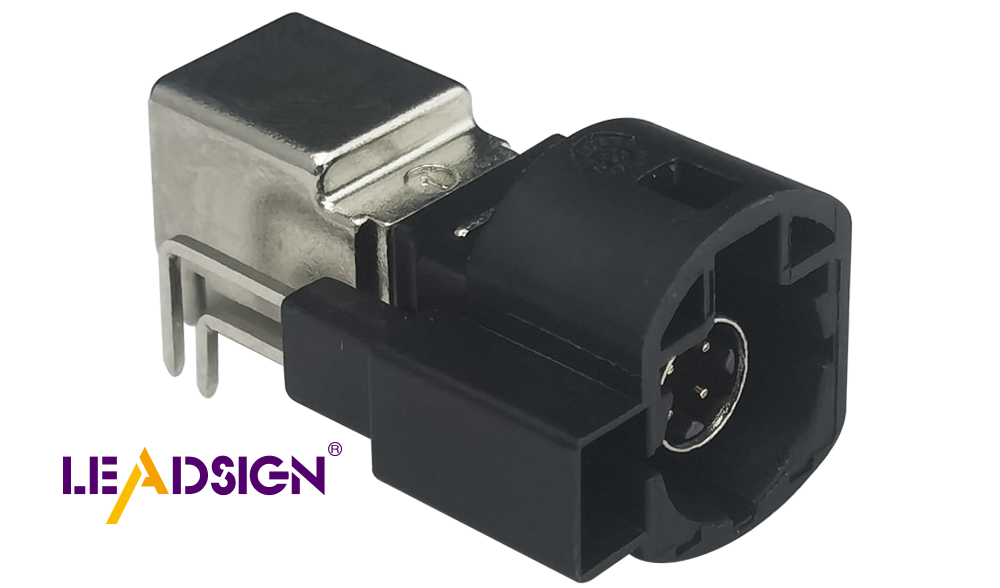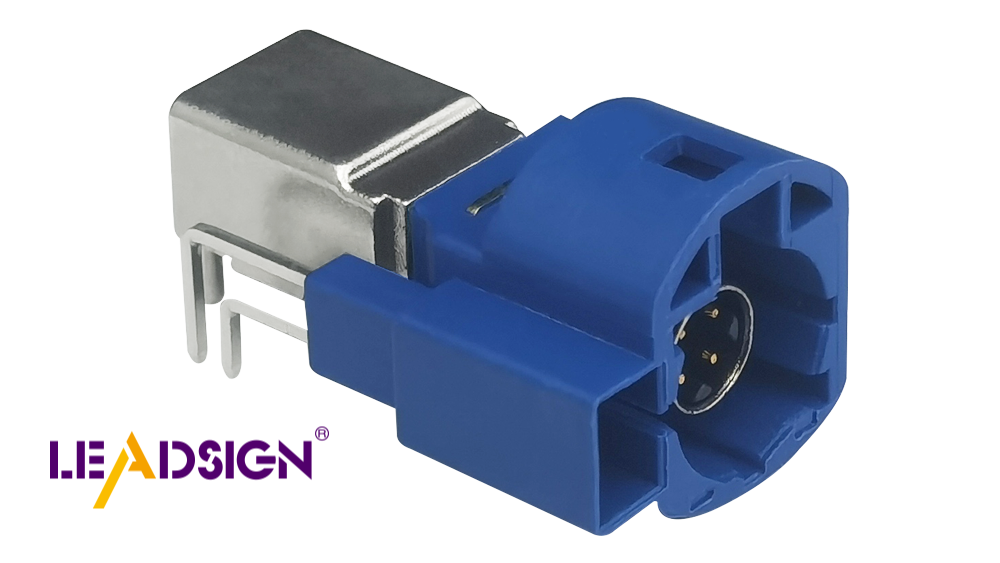Identify Automotive Plugs and Connectors Like a Pro

Automotive plugs and connectors are crucial for safety and performance. These small parts link key electrical systems like headlights and sensors. Using the wrong automotive plugs and connectors can lead to electrical problems and safety risks. Learning to identify them helps avoid costly repairs. It also keeps your car running smoothly and lasting longer. Quality connectors that meet standards, like USCAR-20, ensure strong connections. They are essential for safe and efficient car operation.
Key Takeaways
Understanding automotive plugs and connectors is essential for maintaining your car's safety and performance.
Familiarize yourself with different types of connectors, such as plug and socket connectors and multi-pin sealed connectors, to choose the right one for your needs.
Always inspect connectors for damage and cleanliness before use to prevent electrical issues and ensure longevity.
Use the correct tools, like multimeters and crimping tools, to identify and install connectors properly, ensuring secure and reliable connections.
Regularly check and maintain your connectors by cleaning them and applying dielectric grease to enhance their performance and lifespan.
Refer to your car's manual for specific connector information, which can help you avoid costly mistakes during repairs.
Investing time in learning about automotive connectors can save you money and improve your repair skills, whether for personal projects or professional work.
Understanding Automotive Electrical Connectors

Automotive electrical connectors are key parts of modern cars. They help different car systems communicate and work together. These connectors send power and signals, making car systems run smoothly. Without them, important systems like lights and sensors wouldn’t work.
What Are Automotive Electrical Connectors?
Automotive electrical connectors link circuits inside a car. They let electricity flow so circuits can do their jobs. These connectors have four main parts: contacts, shells, insulators, and accessories. Contacts carry electricity. Shells protect the connectors. Insulators stop short circuits. Accessories make them easier to use.
You can find these connectors in many parts of a car, like the engine or interior wiring. They are made to handle tough conditions like heat, shaking, and water. Good connectors last long and work well in harsh environments.
Types of Automotive Plugs and Connectors
Knowing connector types helps you pick the right one. Here are some common types:
Plug and Socket Connectors: These have male plugs and female sockets. They connect wires in car systems.
Wire-to-Wire Electrical Connectors: These join two wires directly for a strong connection.
Multi-Pin Sealed Connectors: These connect multiple wires and keep out dirt and water.
Distribution Type Automotive Electrical Connectors: These send power or signals to many parts in complex systems.
Each type has a specific use, so knowing them helps you choose wisely.
Key Features and Materials of Electrical Connectors
Good connectors have features that make them reliable. Look for:
Primary and Secondary Locks: These keep connections secure and prevent them from coming loose.
High Cable Retention Force: This keeps wires firmly in place, even under pressure.
Resistance to Environmental Factors: Some connectors resist heat, water, and rust, making them great for tough jobs.
The materials used also affect how long connectors last. Strong plastics and metals are common for durable connectors. For example, distribution type connectors are made to handle hard conditions and last a long time.
By learning about these features and materials, you can pick the best connectors for your car.
How to Identify Automotive Connectors

Knowing your car's connectors helps its electrical systems work well. Using the right steps and tools saves time and avoids mistakes. This section shows you simple ways to identify connectors easily.
Spotting Connectors by Looking
First, check how the connector looks. Notice its shape, size, and color. Many connectors have special designs that make them stand out. Count the pins or terminals inside. This tells you what it does or where it fits.
Look for symbols or numbers on the connector. These can tell you its type or maker. Also, check the material. Some are made of strong plastic or metal to handle heat and shaking. These details help you figure out the connector without needing extra tools.
Using Labels and Manuals
Most connectors have labels or part numbers on them. These help you know exactly what kind of connector it is. Look for these marks on the outside or near the pins. Then, check the maker’s catalog or website for details.
If you have the car’s manual, use it to match the connector. Manuals often show pictures and explain the connectors used in the car. This way, you can pick the right one and avoid using the wrong part.
Tools to Help Identify Connectors
The right tools make finding connectors easier and faster. A multimeter checks if the connector works properly. Pin tools let you see inside without breaking anything.
You can also get connector kits. These have charts and guides to match connectors to their uses. Some advanced tools, like scanners, read codes and give more details. These tools make the job simple and accurate.
By learning these steps, you can find connectors with confidence. This skill helps you avoid problems like wrong pins or bad setups. It also keeps your car’s wiring safe and working well.
How to Use Automotive Plugs and Connectors Effectively
Proper Handling and Preparation
Handle automotive plugs and connectors carefully to make them last longer. Always check them before using. Look for cracks or rust. Broken connectors can cause safety problems or stop working well. Clean them with a soft brush or air to remove dirt. Don’t use strong chemicals that might harm the material.
Make sure wires are clean and cut to the right length. Use a wire stripper for neat cuts. Don’t remove too much insulation, as it can expose wires. Pick connectors that fit the wire size for a tight connection. This avoids overheating and keeps electricity flowing properly.
Store unused connectors in a dry, clean place. Water and dirt can ruin them over time. Good handling and preparation help keep your car’s connections strong and safe.
Installation Best Practices
Installing connectors needs care and the right steps. Follow these tips for a proper setup:
Match the Connector to the Application: Use connectors made for the specific car system. OEM connectors work best and fit perfectly.
Secure the Connection: Push the connector in until it clicks. The click means it’s locked and secure.
Use the Right Tools: Use crimping tools for strong connections. Don’t use pliers, as they can damage the parts.
Protect Against Environmental Factors: Use waterproof connectors in wet areas. This stops rust and keeps them working well.
Test the Connection: After installing, check with a multimeter. This ensures the connector works correctly.
Good installation prevents problems and helps your car run better.
Troubleshooting and Maintenance Tips
Check your automotive plugs and connectors often to keep them in good shape. Look for loose parts, discoloration, or melted plastic. Fix these problems quickly to avoid bigger issues.
If a connector breaks, find out why before replacing it. Common causes are bad crimping, wrong wire sizes, or damage from the environment. Fixing these ensures the new connector works well.
Keep connectors clean and free of dirt. Use dielectric grease to stop moisture and improve performance. This simple step helps them last longer.
When fixing problems, check your car’s manual. It has details about the connectors and their uses. Following these tips keeps your connectors safe and reliable for a long time.
Knowing how to identify and use car connectors is helpful. It keeps your car’s electrical parts working well and safely. You can avoid expensive errors by using the right tools. Always handle connectors carefully and follow proper steps. Check, clean, and test them often to keep them working.
Use these ideas in your car projects. Whether you fix cars for work or as a hobby, learning about connectors saves time. It also makes repairs easier. Start learning now to improve your car repair skills.
FAQ
What Are Auto Electrical Connectors?
Auto electrical connectors link circuits to send power and signals. They help your car's systems work properly and smoothly. You can find them in places like the engine or inside wiring. These connectors are important for keeping your car’s electrical parts working well.
Why Is the Quality of Connectors Important?
Good connectors keep your car safe and running well. Bad connectors can cause weak links, shorts, or even fires. Strong connectors made from tough materials last longer and work better. Picking good ones helps your car stay safe and efficient.
How Can You Identify the Right Connector for Your Car?
To find the right connector, check its shape, size, and pins. Look for numbers or labels on it for details. Use your car’s manual or the maker’s guide to match it. This helps avoid problems and ensures it works correctly.
What Tools Help in Identifying Connectors?
Some tools make finding connectors easier. A multimeter checks if it works. Pin tools let you look inside without breaking it. Kits with charts and guides also help match connectors to their jobs.
How Do You Ensure Proper Installation of Connectors?
Start by choosing the right connector for the job. Push it in until it clicks to lock it. Use crimping tools for strong links, not pliers that might break it. Test it with a multimeter to make sure it works.
What Are the Common Types of Automotive Connectors?
There are different types of connectors, such as:
Plug and Socket Connectors: Join wires with male and female ends.
Wire-to-Wire Connectors: Link two wires directly for a strong bond.
Multi-Pin Sealed Connectors: Protect many wires from dirt and water.
Distribution Type Connectors: Send power or signals to many systems.
Each type has a special use, so learn about them to pick the right one.
How Can You Maintain Automotive Connectors?
Check connectors often to keep them in good shape. Look for cracks, rust, or loose parts. Clean them with a soft brush or air to remove dirt. Use grease to stop moisture and help them last longer.
What Should You Do If a Connector Fails?
If a connector stops working, find out why before replacing it. Problems like bad crimping or wrong wire sizes can cause failure. Fix these issues to make sure the new one works well. Always check your car’s manual for help.
Are Waterproof Connectors Necessary?
Waterproof connectors are needed in wet areas like the engine. They stop rust and keep your car’s systems safe. Using them protects your car from damage caused by water.
Can You Use Universal Connectors for All Cars?
Universal connectors don’t always fit every car. Each car needs specific connectors for its system. Check if the connector matches your car’s model. Using the right one keeps your car safe and working well.
See Also
Why FAKRA Connectors Are Essential for Automotive Use
Understanding the Advantages of Fakra Connectors in Cars
Harnessing High-Speed FAKRA-Mini Connectors for Automotive Innovation
An Introduction to HSD Connectors in Automotive Applications

